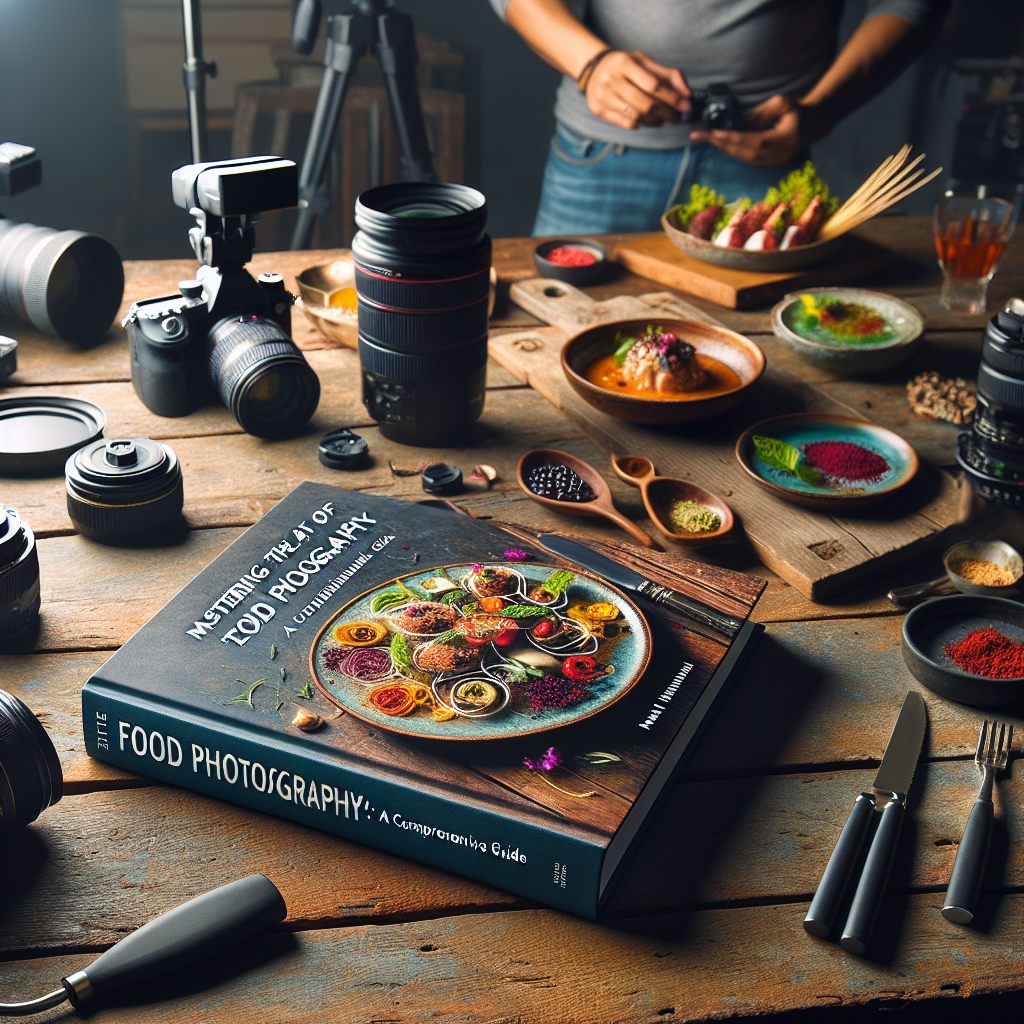Great food photography isn’t just about taking a shot of a tasty dish. It’s a way to tell a story about tastes, seasons, and aesthetics. With growing interest in gastronomy, food photography is gaining great popularity in contemporary life. It’s a form of still life photography that presents food in an attractive and appetizing manner. If you aspire to master this art, this comprehensive guide will get you on the right path.
Understanding the Basics
Food photography, like any other type of photography, requires understanding of basic photography principles like lighting, composition, shooting angles, and depth of field. It’s about setting the mood, employing shadows and highlights, creating textures and using different props to entice the viewer’s imagination. The key to achieving great shots is to spend enough time planning, setting up, adjusting and shooting the food.
Tool of the Trade
The essential equipment needed for food photography includes a good DSLR or mirrorless camera, tripod, and a set of lenses. While a smartphone could suffice for beginners, a full-frame DSLR or mirrorless camera is more suitable for professional food photography. Using a sturdy tripod ensures the stability of your camera during the shoot. Lenses like macro lenses or prime lenses are perfect for capturing close-up shots of the food.
Lighting for Food Photography
Lighting plays a pivotal role in food photography. The best type of light for food photography is soft and diffused. Natural light from a window could work perfectly well especially during late mornings and afternoons. On cloudy days or if you are shooting indoor, you might want to consider artificial lighting. Soft boxes or umbrellas can be used to diffuse the harshness of artificial light.
Food Styling and Composition
Food styling is a significant aspect of food photography. It involves arranging the food and adding elements to make the food look appealing. Incorporating seasonings, garnishing, and using elements related to the recipe can help improve your food photography. The Rule of thirds, leading lines, and color contrast are some of the composition techniques that could be used to create compelling images.
Edit in Post-Production
Post-production is where your images come to life. Change the exposure, increase saturation, tweak the contrast, and maybe even crop your image for a better frame. Using editing software can help enhance the brightness, contrast, saturation and overall color balance of your images, ensuring they are as appetizing on screen as they are in real life.
Conclusion
Mastering the art of food photography requires a blend of creative vision, technical skill, patience, and passion. Learning to use your camera settings, playing with lighting, employing food styling techniques, and being skilled in post-production editing are all key elements to take your food photography to the next level. Remember, practice is the key. The more you shoot, the more you learn, and the better you get at this highly specialized art form.
FAQs:
1. What is the best camera for food photography?
There are many great cameras for food photography, but a full-frame DSLR or mirrorless camera usually provides the best quality images.
2. How to light food photography?
Natural light is typically preferred for food photography. A window light can provide a soft, diffused light that is perfect for food. When working indoors or in low light, one can use a softbox or umbrella to diffuse artificial light.
3. What lenses are good for food photography?
Prime lenses, macro lenses and zoom lenses are often used for food photography. They help to capture detailed and close-up images of the food.
4. How to style food for food photography?
Food styling is all about arranging the food and additional elements to make it look as appetizing as possible. Play with colors, textures and props to create an appealing composition.
5. How important is post-production in food photography?
Post-production is crucial in food photography. It gives your images the final touch by adjusting exposure, color balance, contrast, and other elements to enhance the overall look of your image.

